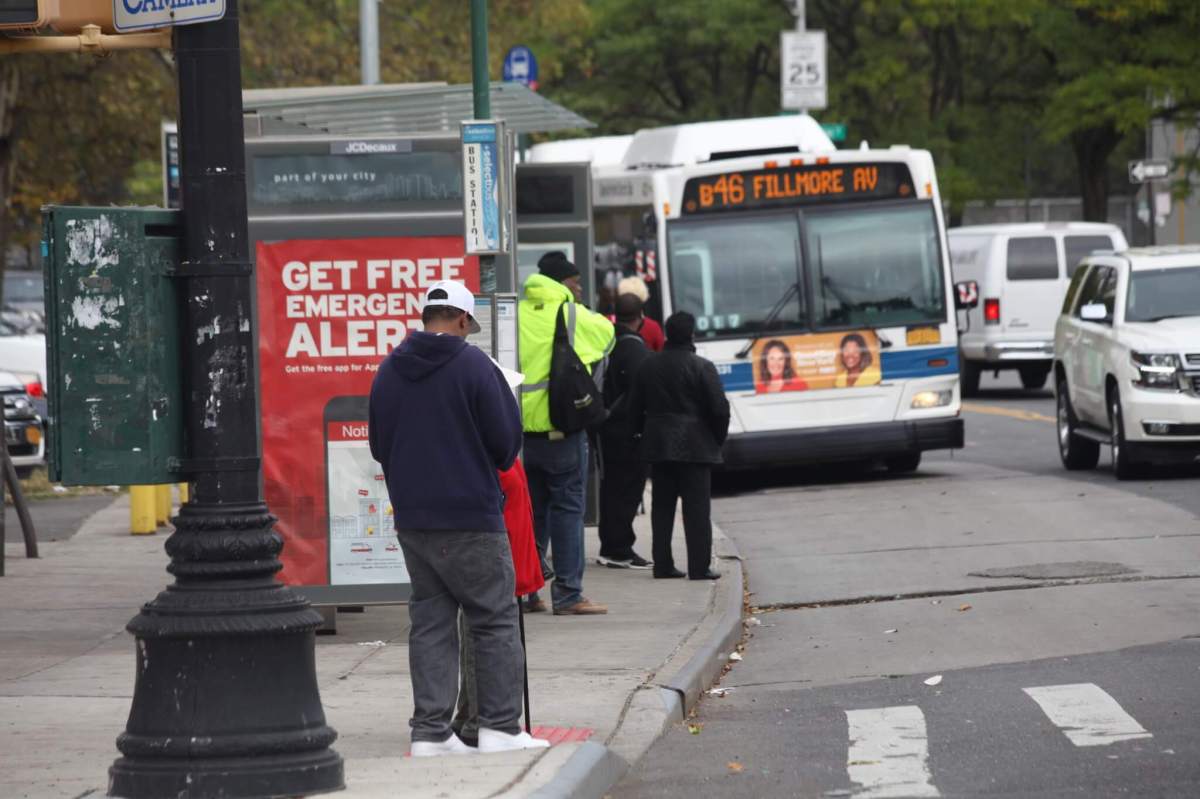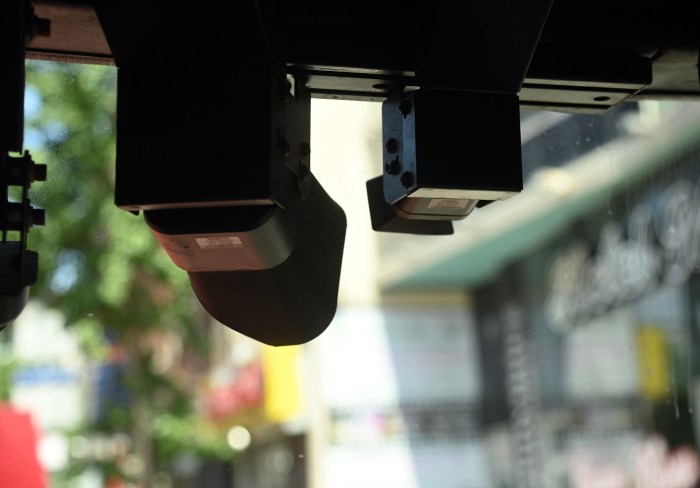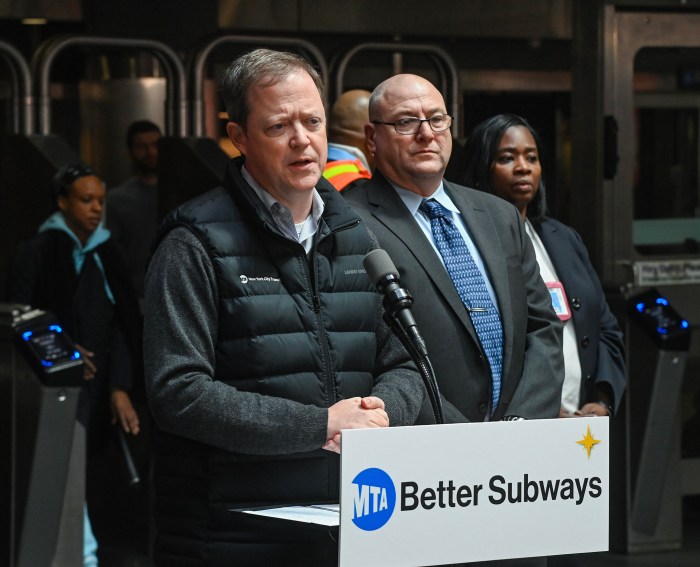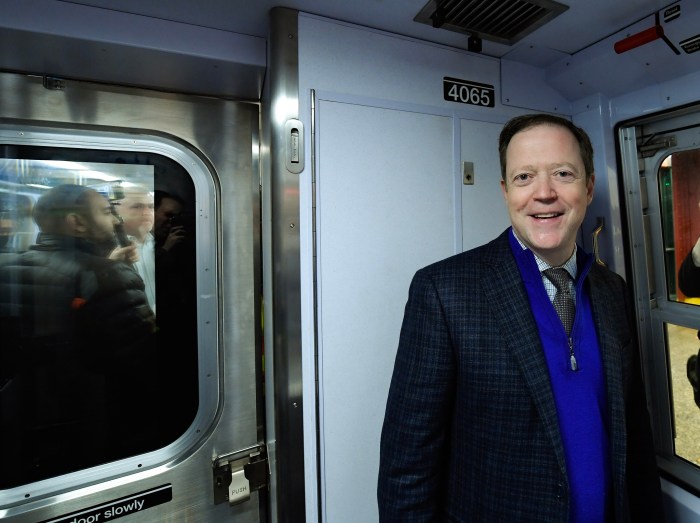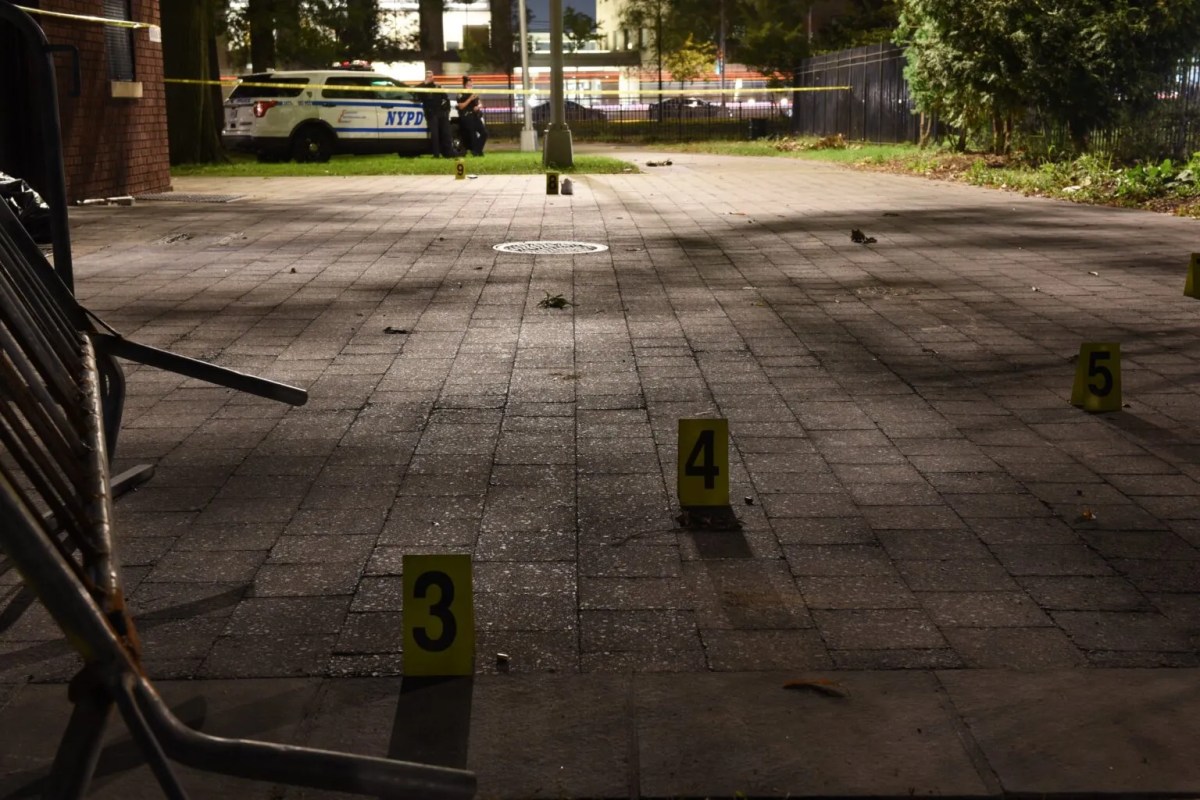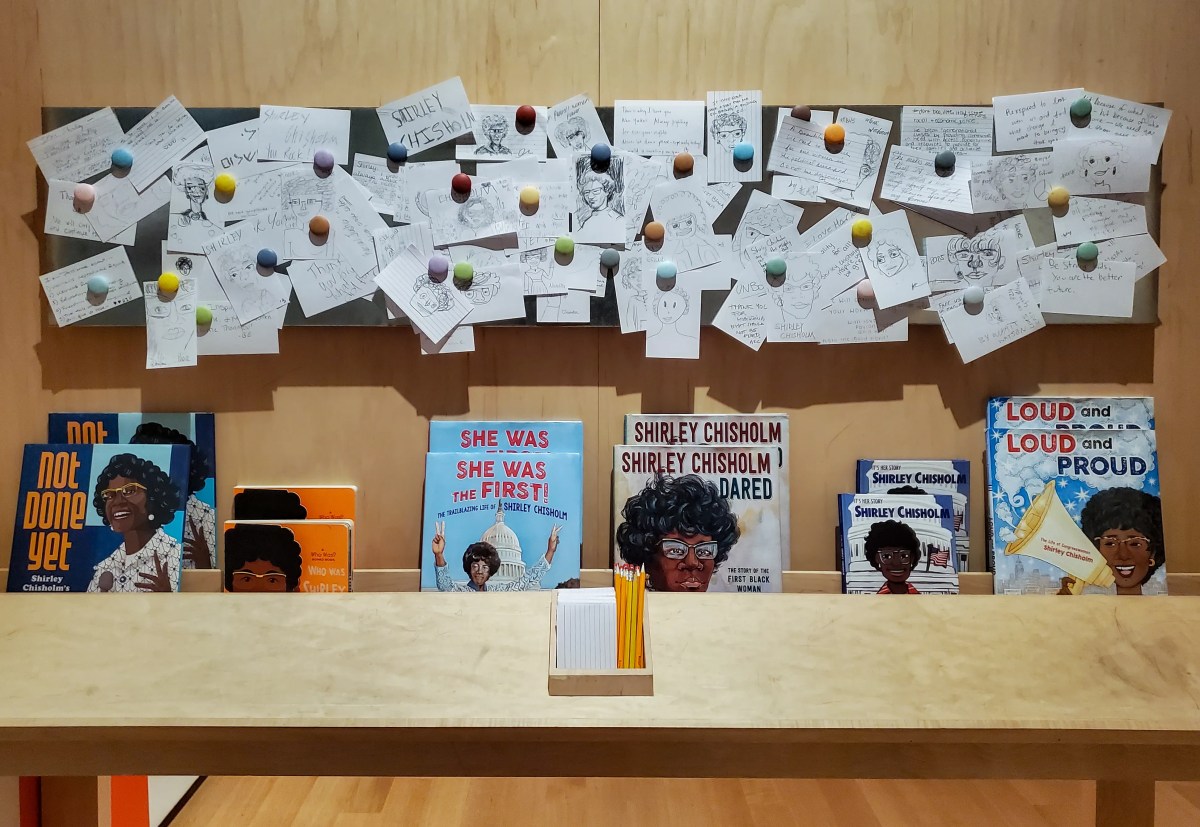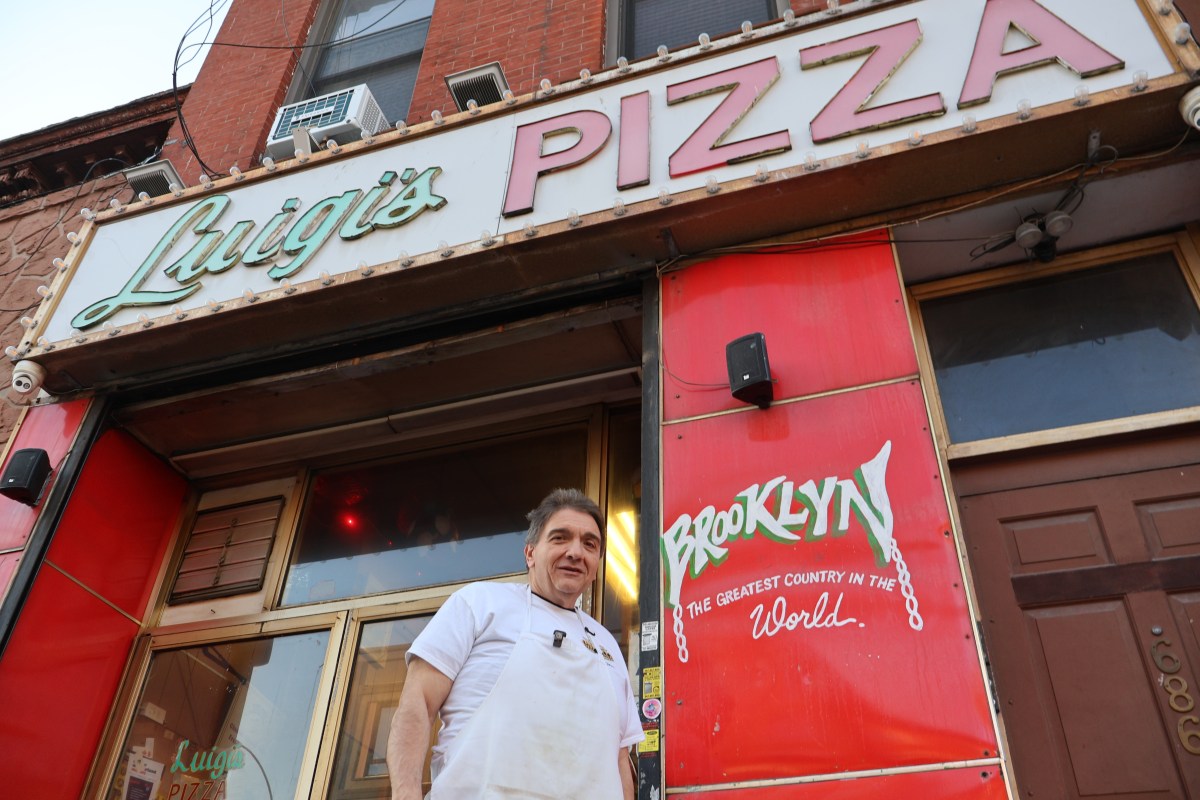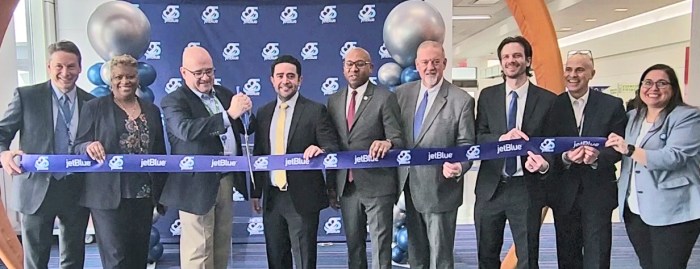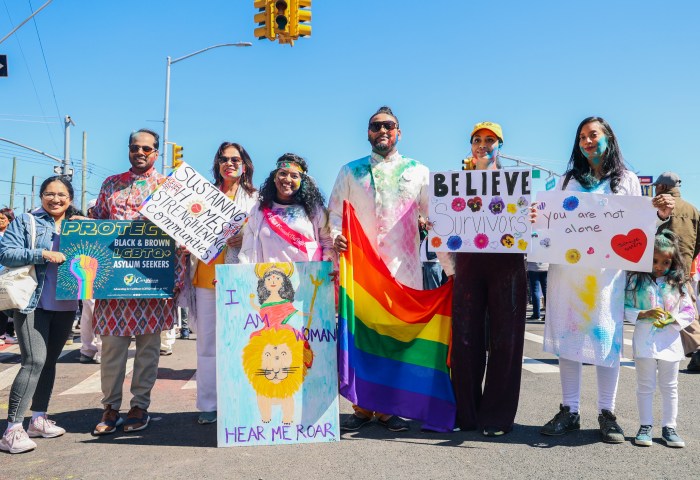It will be five years longer than expected by the time MTA has redesigned all of its ancient bus networks borough-by-borough, after New York City Transit gurus pushed back the completion date for the mass transit project until 2026.
“We need to improve our bus system by delivering on key Bus initiatives like all-door boarding, expanded bus lanes, camera-enforced lanes, a complete network redesign in all boroughs by 2026,” wrote NYCT interim president Craig Cipriano in agency books released Friday ahead of this week’s monthly Metropolitan Transportation Authority committee and full board meetings.
The plan to modernize the bus networks was supposed to wrap “within three years” of its launch in 2018 — in other words by 2021 — under then-NYCT chief and “train daddy” Andy Byford.
But MTA put the plans put on hold during the pandemic, with only a revamp of Staten Island’s Express Bus network in place and the other boroughs at different stages of their overhauls.
Transit bigwigs recently announced they plan to revive the scheme after the 18-month pause starting with the Bronx later this month, which MTA hopes to implement by June 2022, but one transit advocate said the year-and-a-half hiatus doesn’t justify the five-year setback.
“Five years is too long to wait for faster bus trips,” said Danny Pearlstein of Riders Alliance. “The pandemic has made the redesigns only more urgent and redesigning our bus network to be more equitable should be one of the governor’s highest priorities.”
An MTA spokesman said the new timeline is only preliminary and that transit planners are adjusting to the pandemic shaking up people’s commutes.
Read More: ‘The wrong message’: MTA Chief Lieber slams free bus pilot program as lawmakers weigh expansion
“The pandemic is resulting in evolving ridership patterns. We want to conduct additional public outreach and allow some time for new longterm norms to develop,” said Aaron Donovan in a statement.
MTA will restart with the Bronx’s local bus network later this month, and the Express Bus routes there will follow some time after the mid-2022 deadline. The borough already had a final redesign plan before the pandemic outbreak.
The Queens redesign had a draft proposal, and Brooklyn was at a more preliminary stage, with just a report on that borough bus network’s current conditions, and “internal work” continues for those two boroughs for now, according to MTA.
MTA has yet to start any work on Manhattan’s bus network and Staten Island’s local buses.
The projects were designed to update the routes, which in some cases follow old trolley lines from the early 1900s, and speed up the buses ranking among the slowest in the nation’s big cities.
The changes are fairly cheap compared to expensive subway upgrades, said Pearlstein.
“Even just a few more subway stops on Second Avenue is slated to cost $6 billion,” he said. “For a tiny fraction of that, the frequency [of buses] could be improved and routes laid out on 1900s trolley tracks could be straightened out to provide much faster trips to booming employment centers, like hospitals and airports.”
But even relatively small changes can prove controversial among riders, and the head of the Permanent Citizens Advisory Council (PCAC), an internal MTA ridership advocacy arm, said it was good that transit leaders are taking the time needed to get the complex redesigns right.
“People are very attached to their bus routes and having the time and opportunity to take a good look back… is really due diligence, and that’s a good thing,” said PCAC executive director Lisa Daglian. “Do we want it done faster? Sure, but at the same time the fact that they’re being careful and mindful about listening to people’s concerns and going back out there is good news.”
Read more: AI Metal Detectors for Subway Safety



